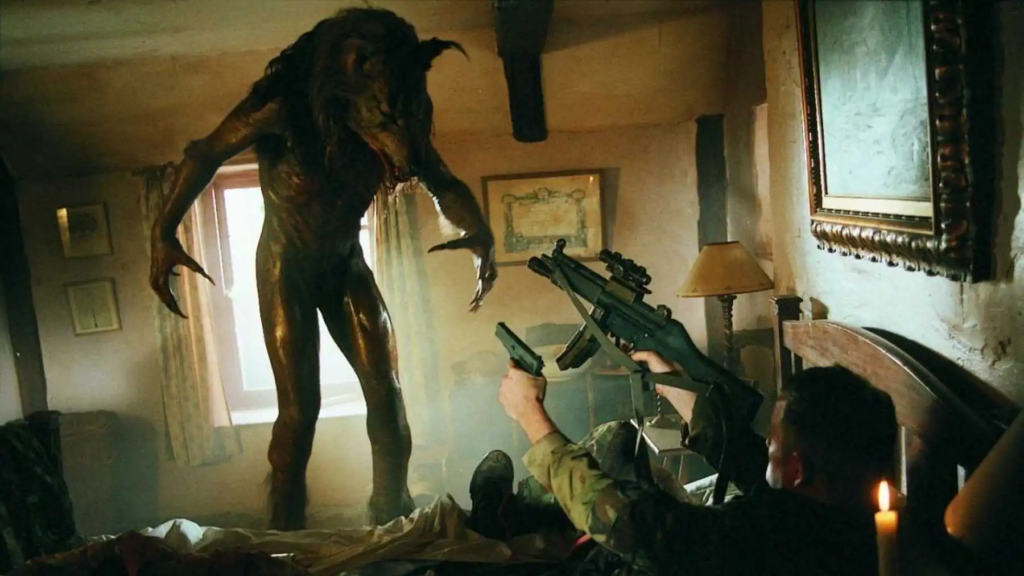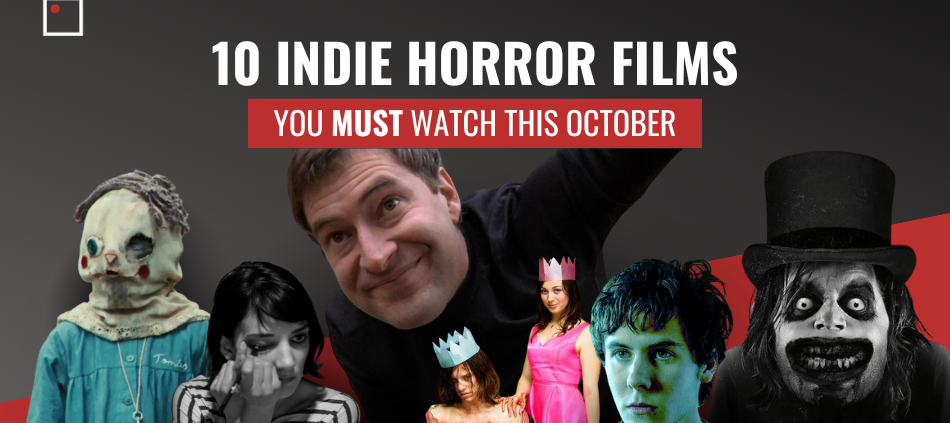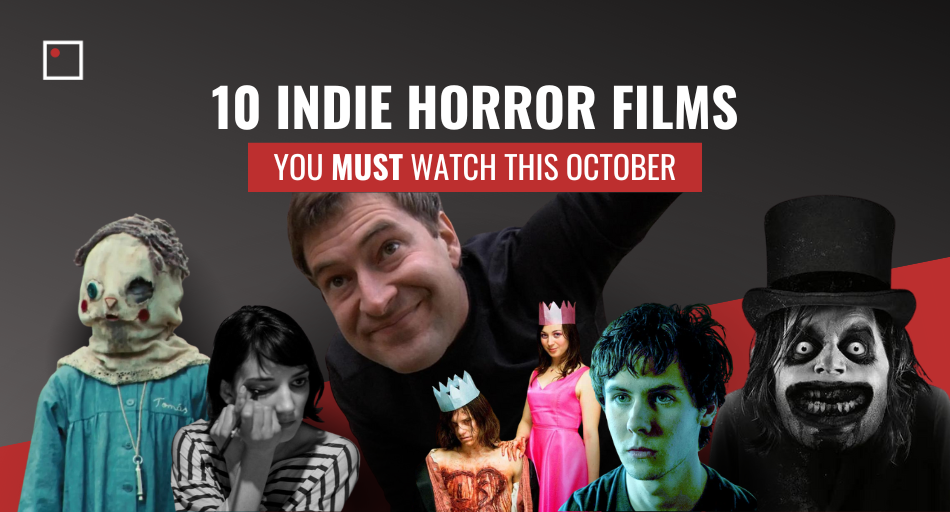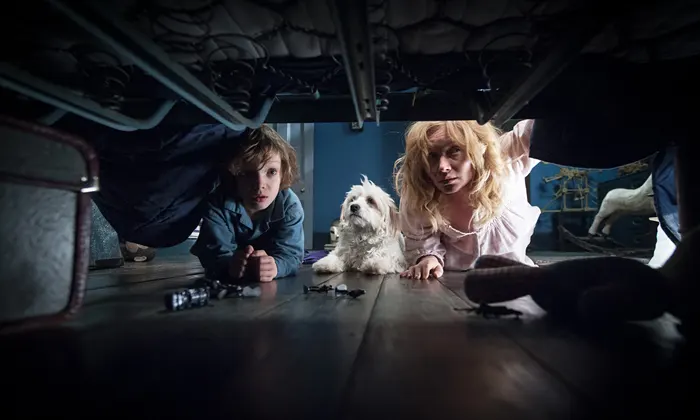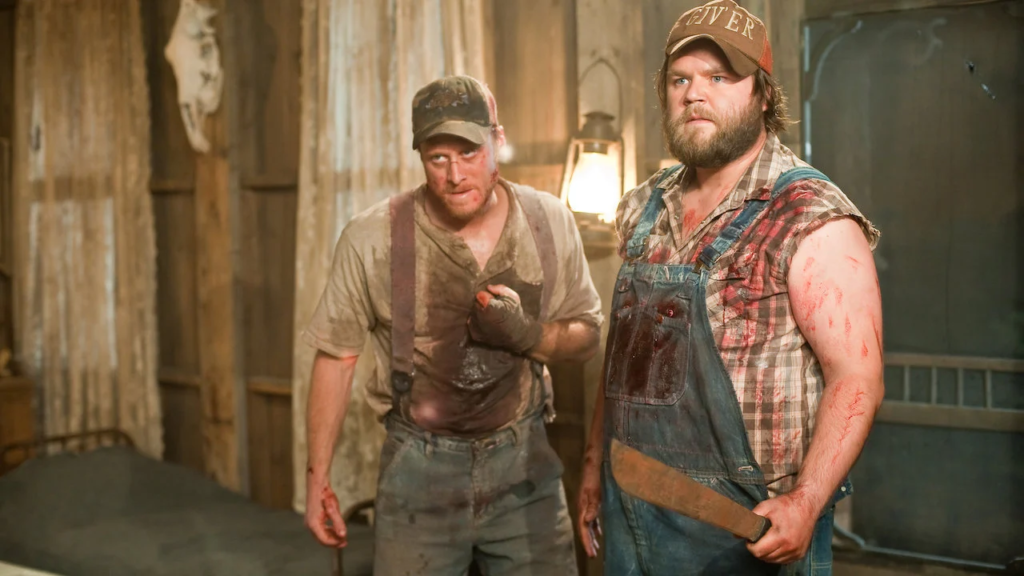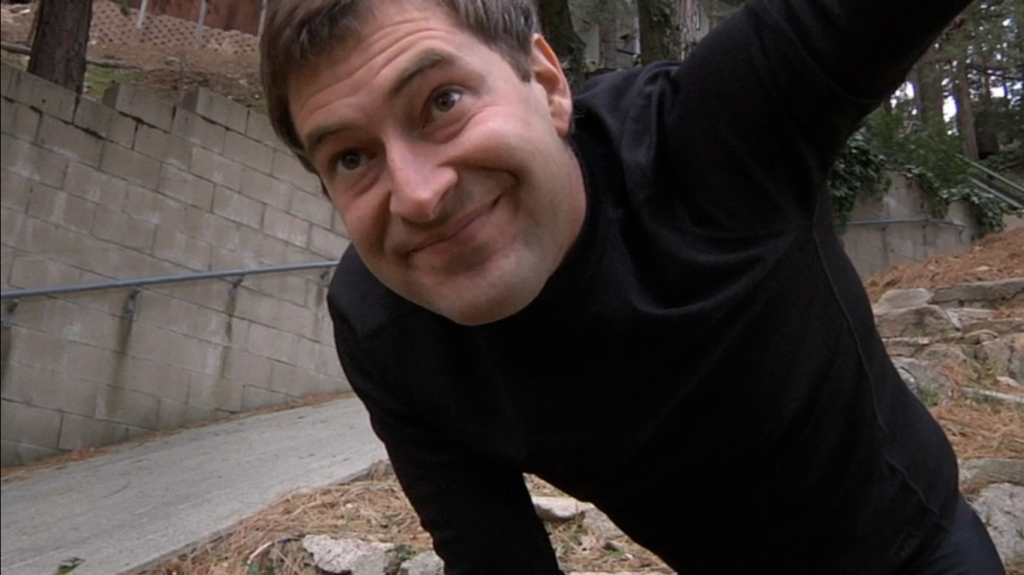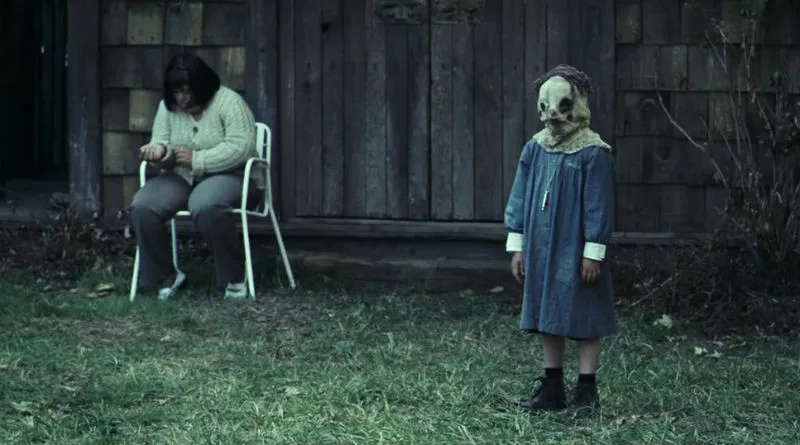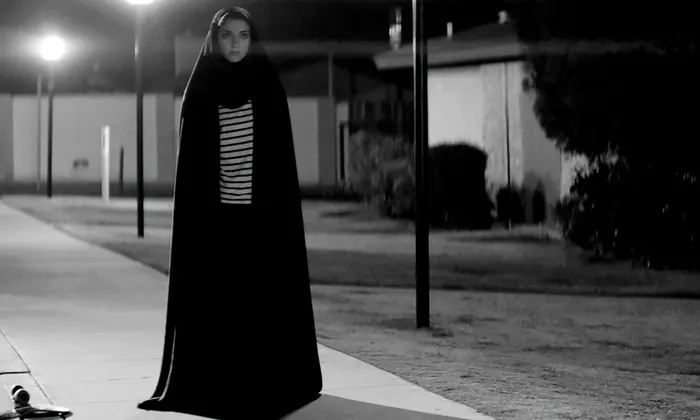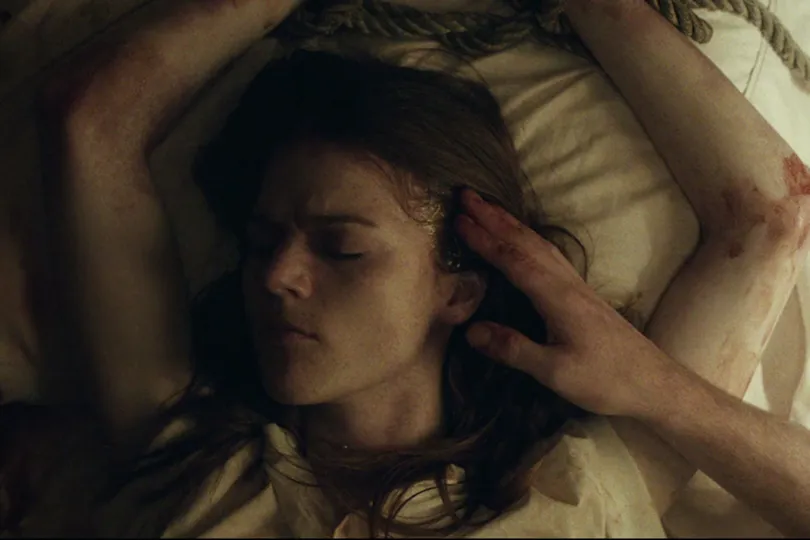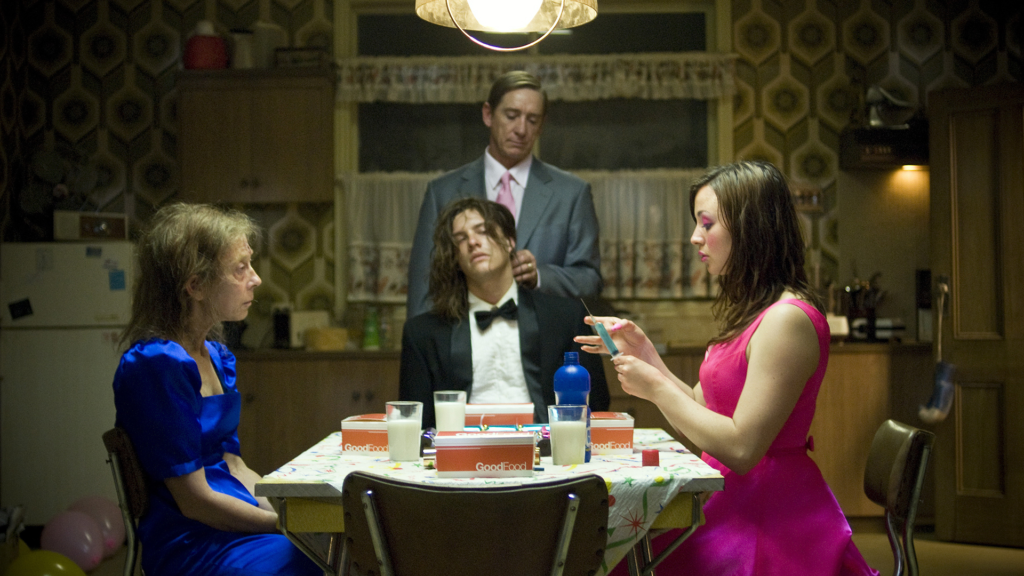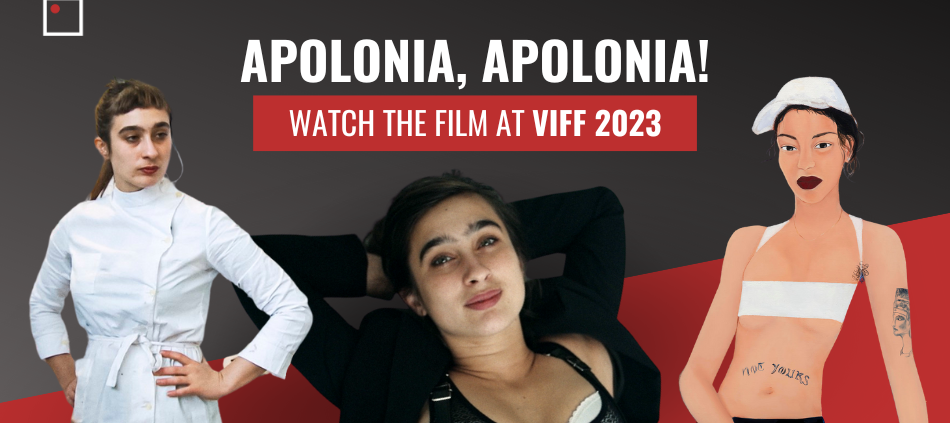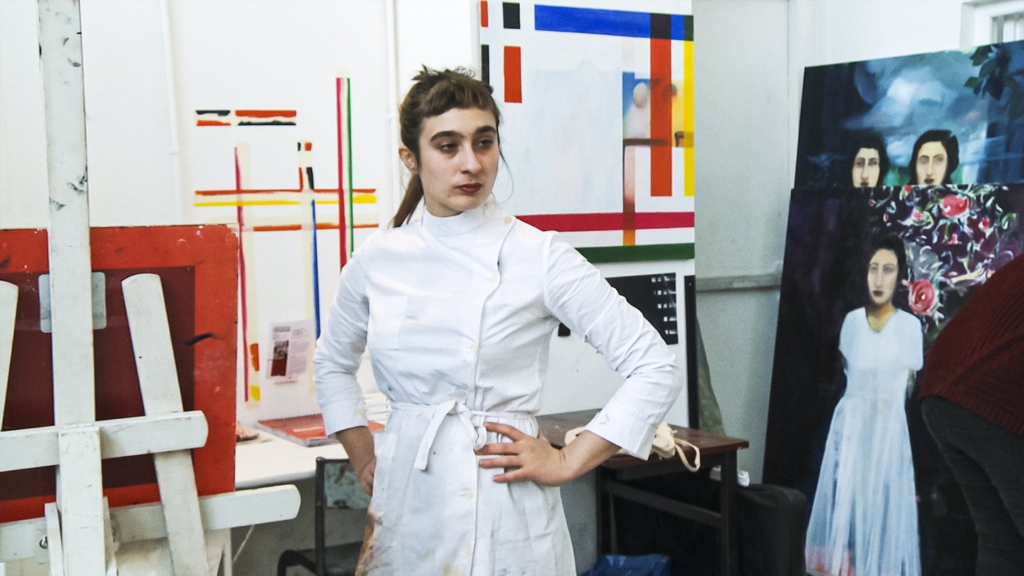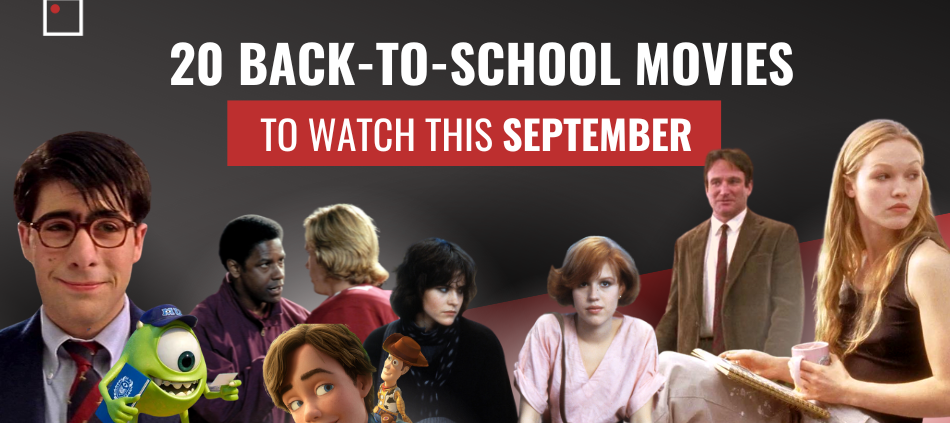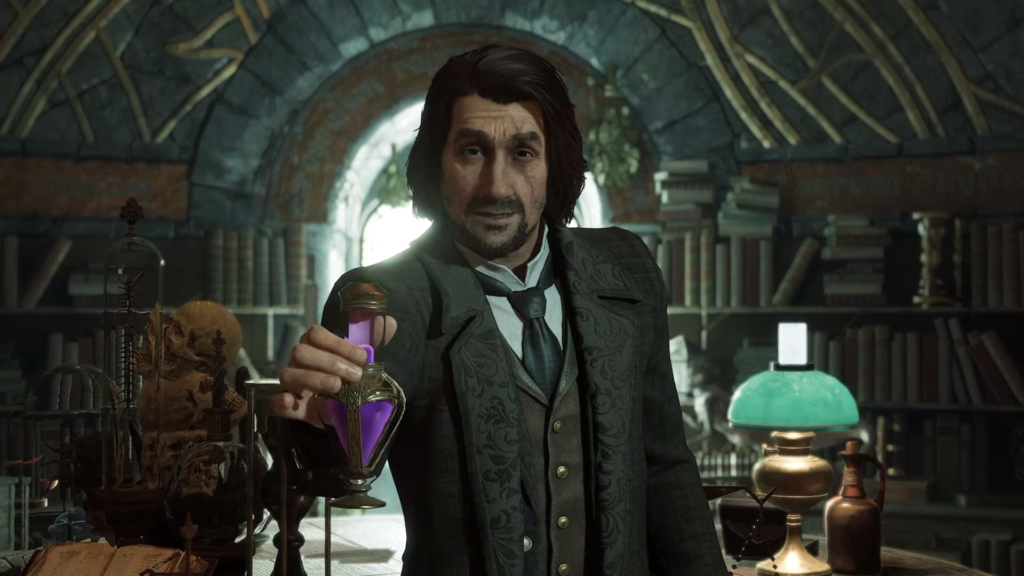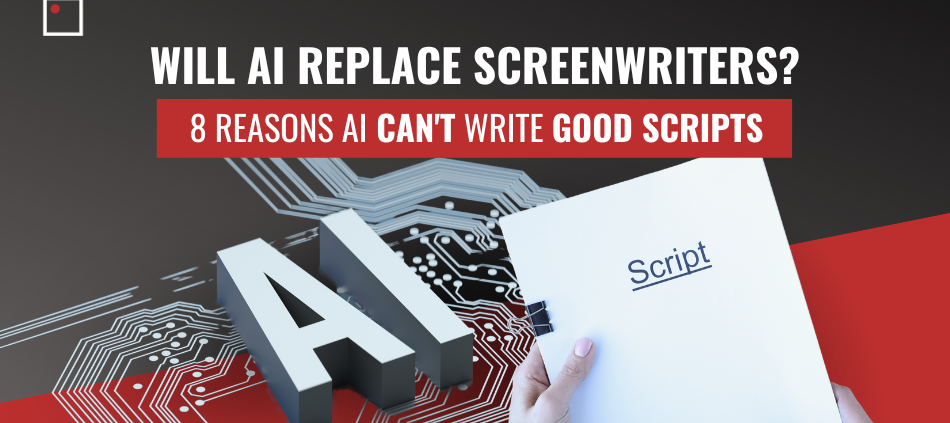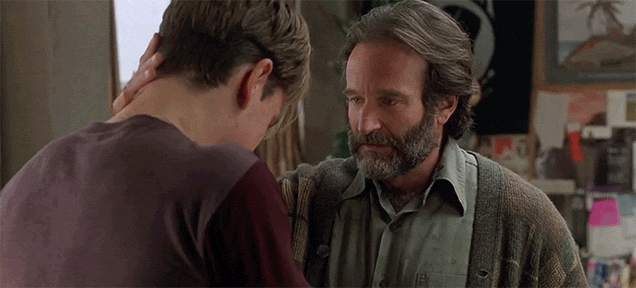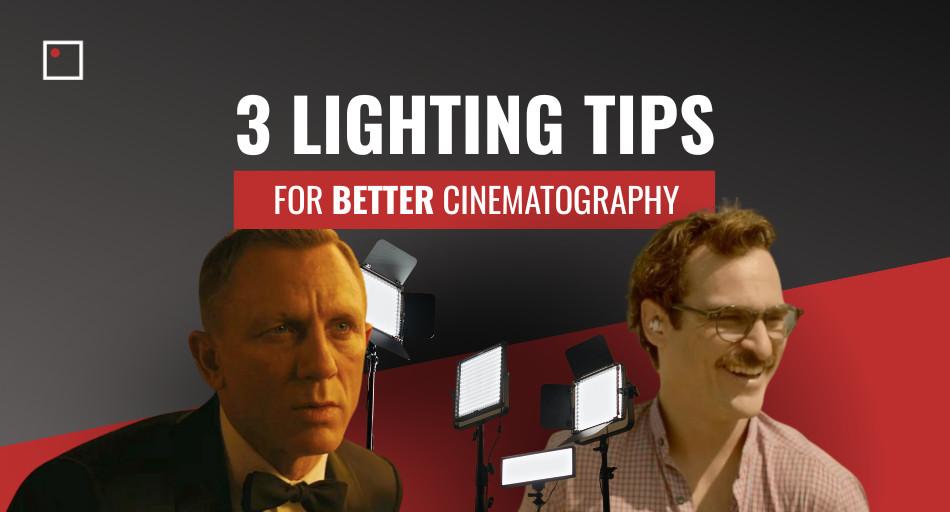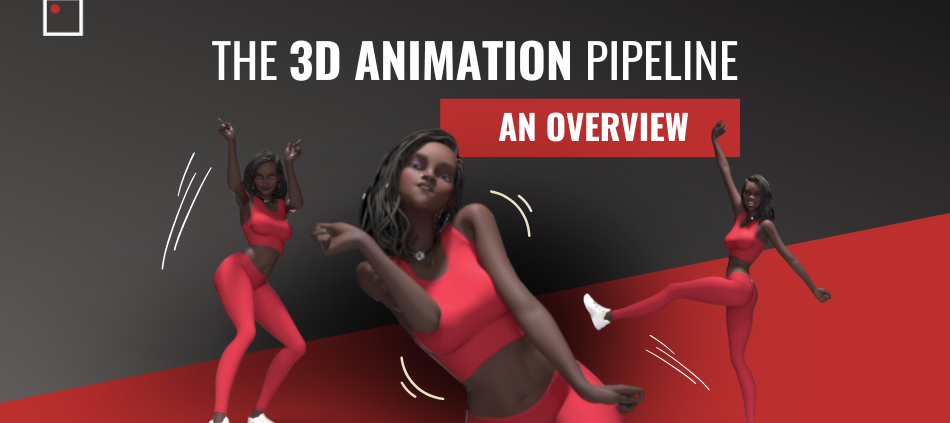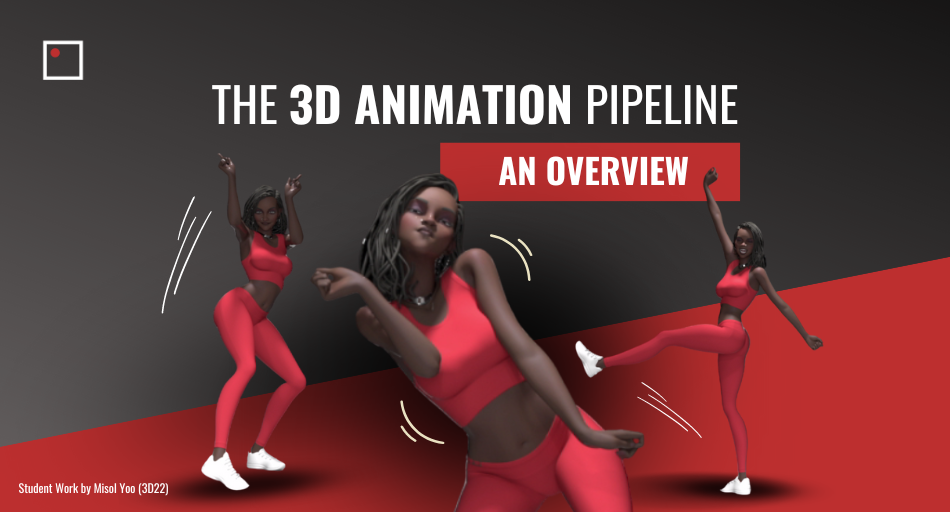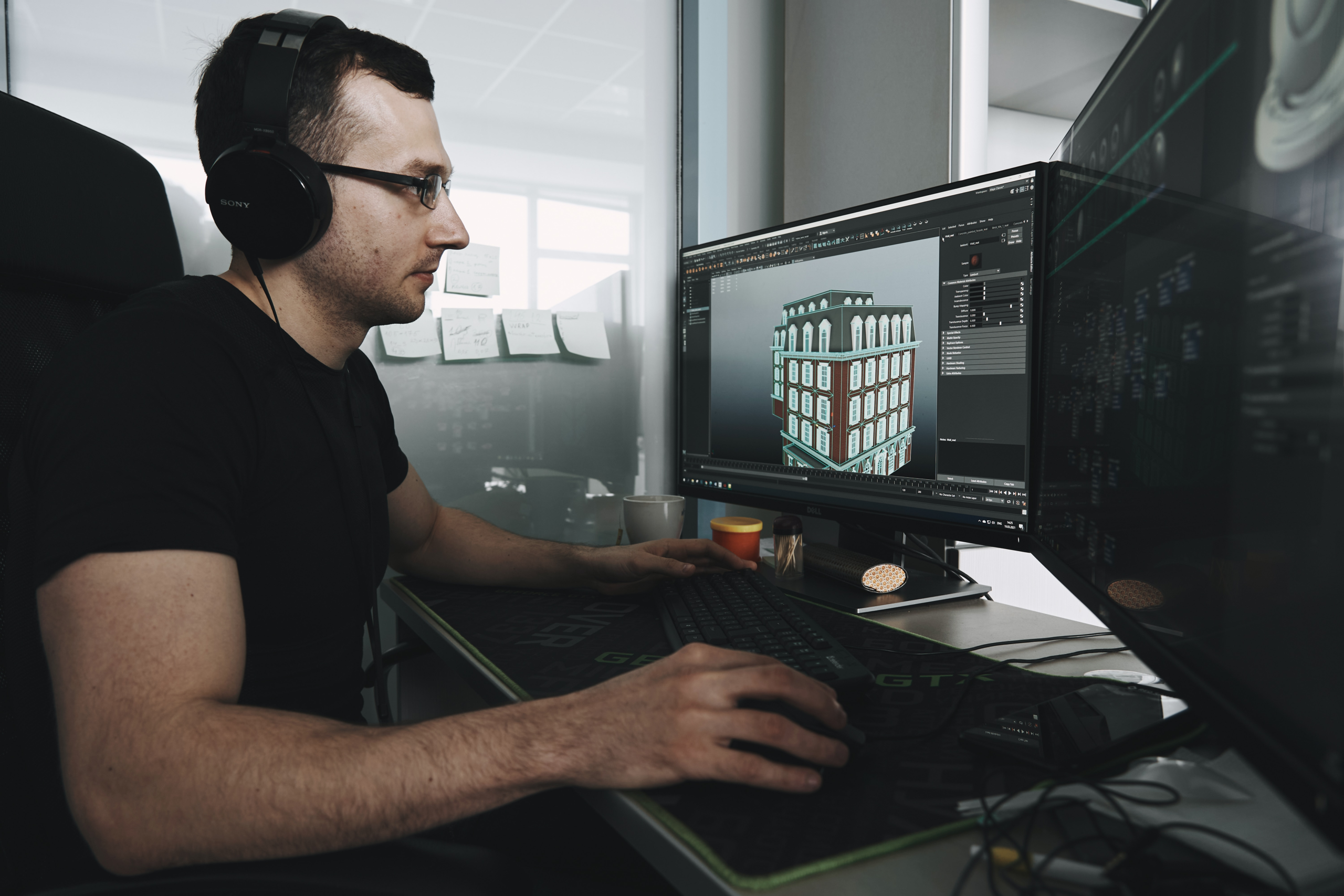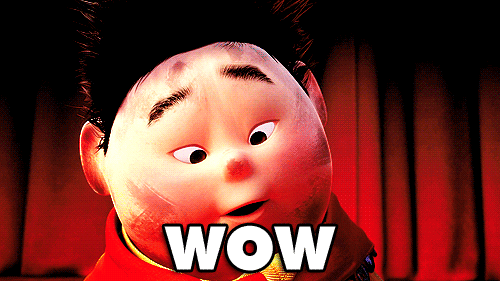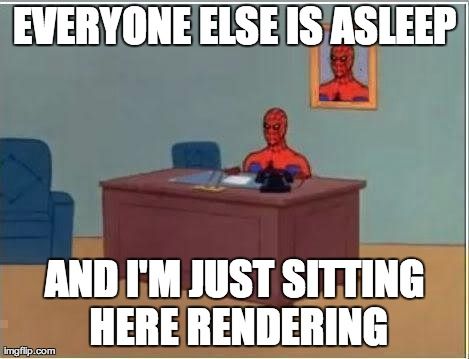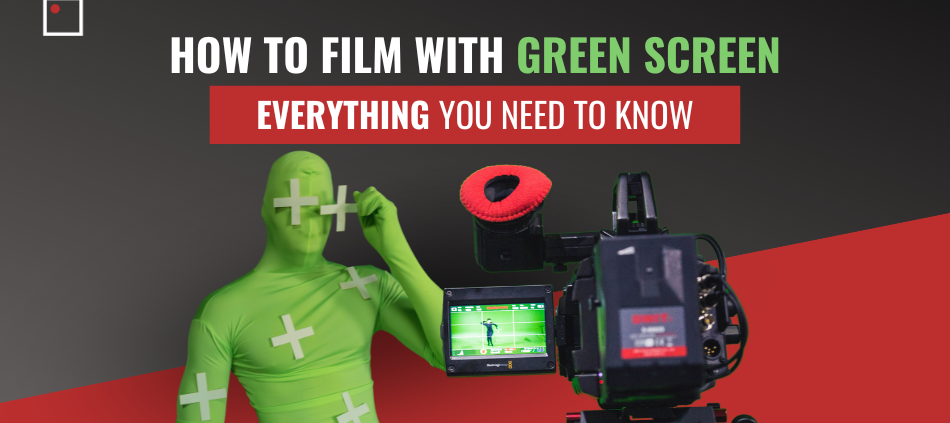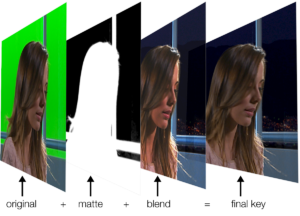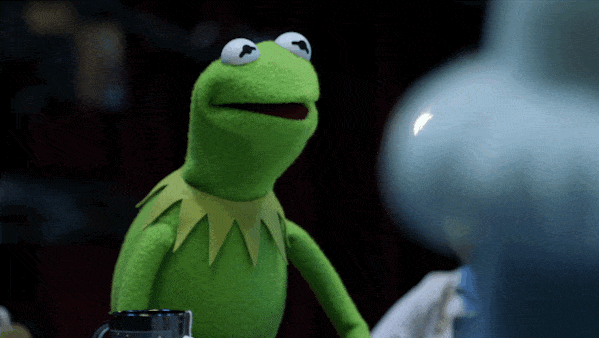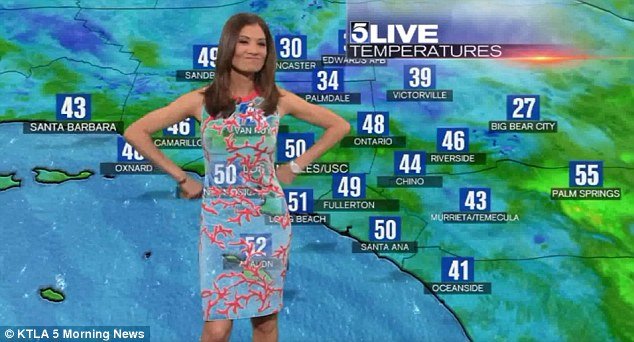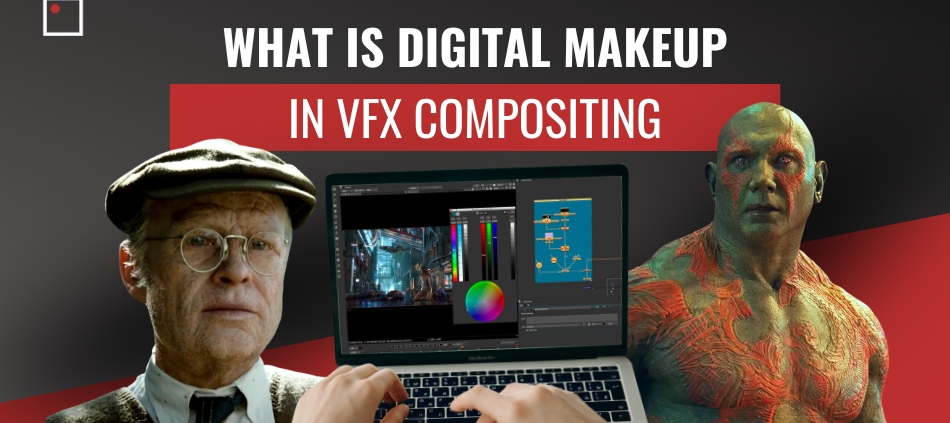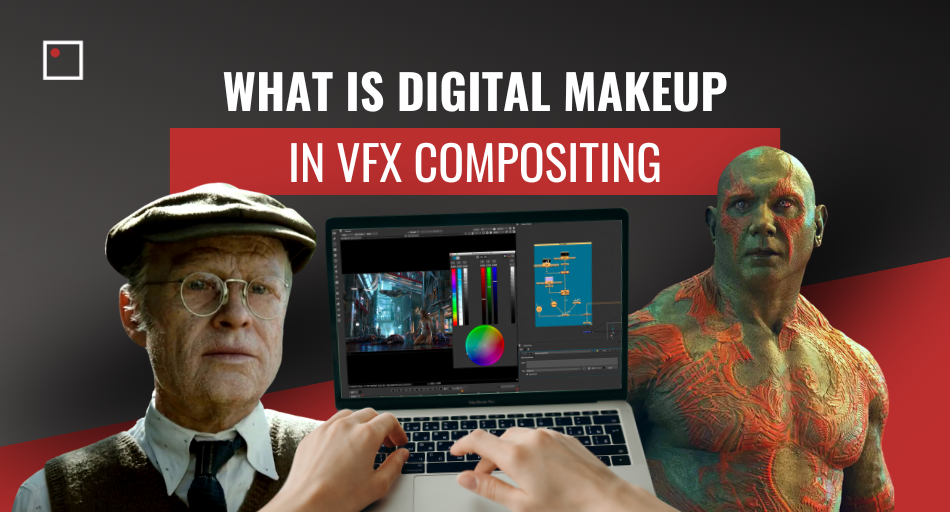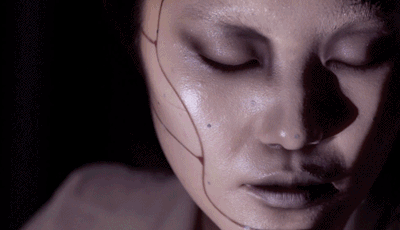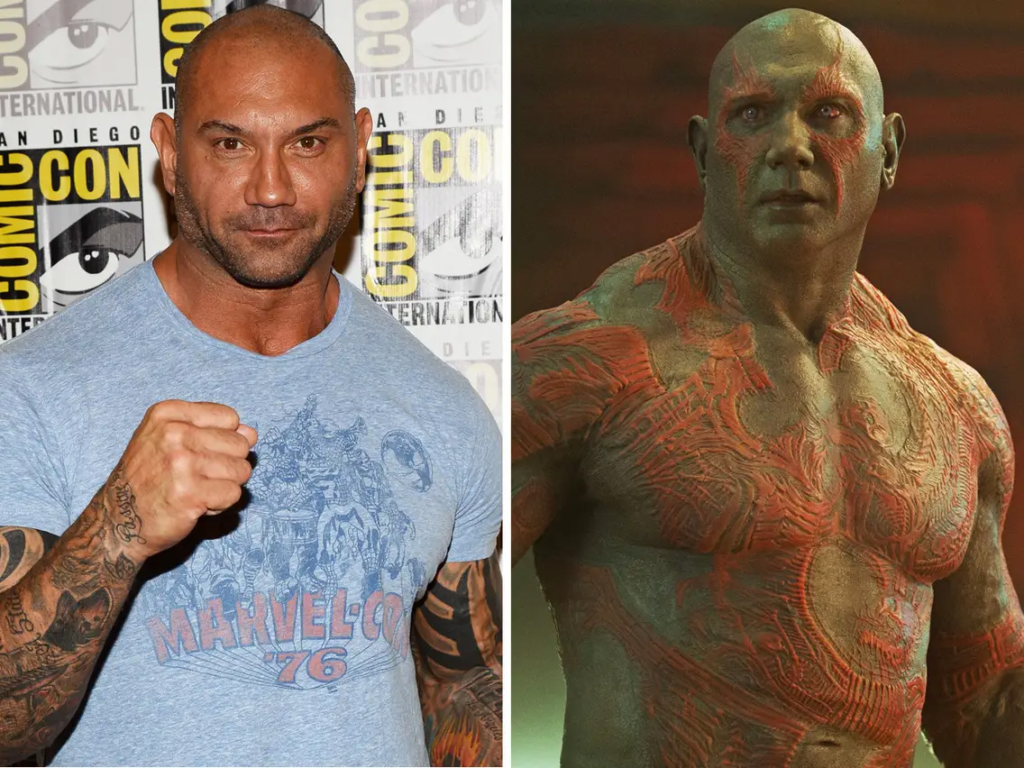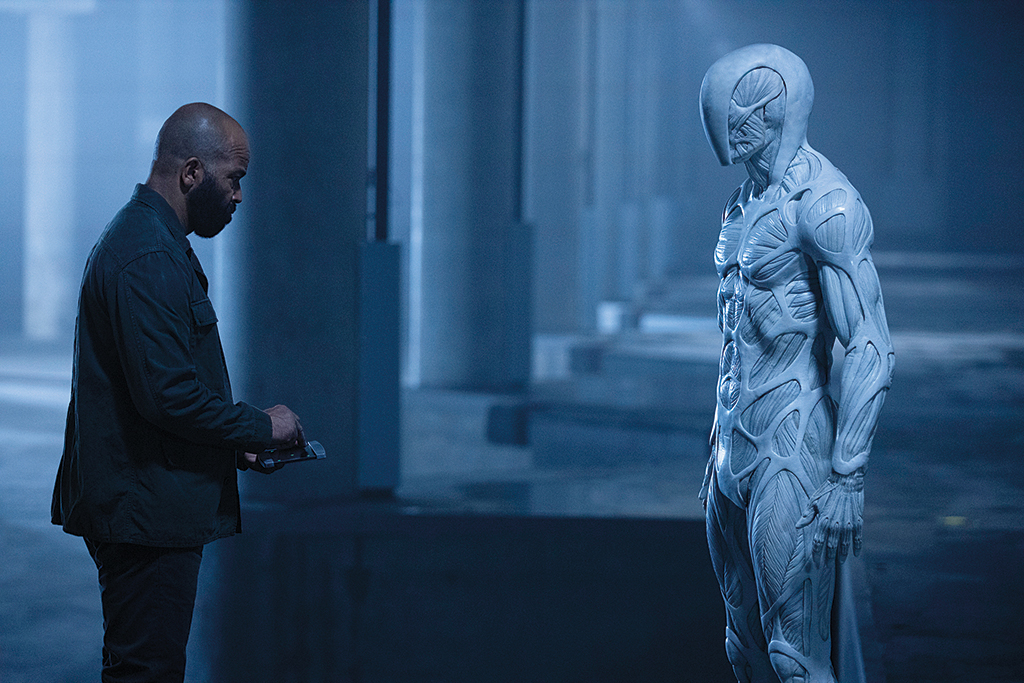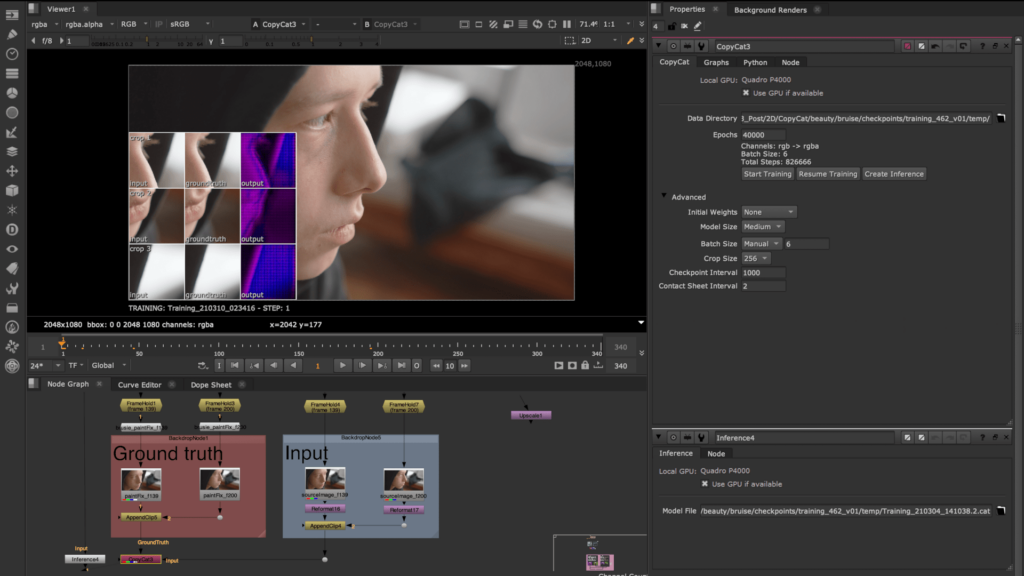As we watch the summer fade into the background, back to school season has rushed in to take its place. Get in the academic spirit by diving into some of the best back to school movies!
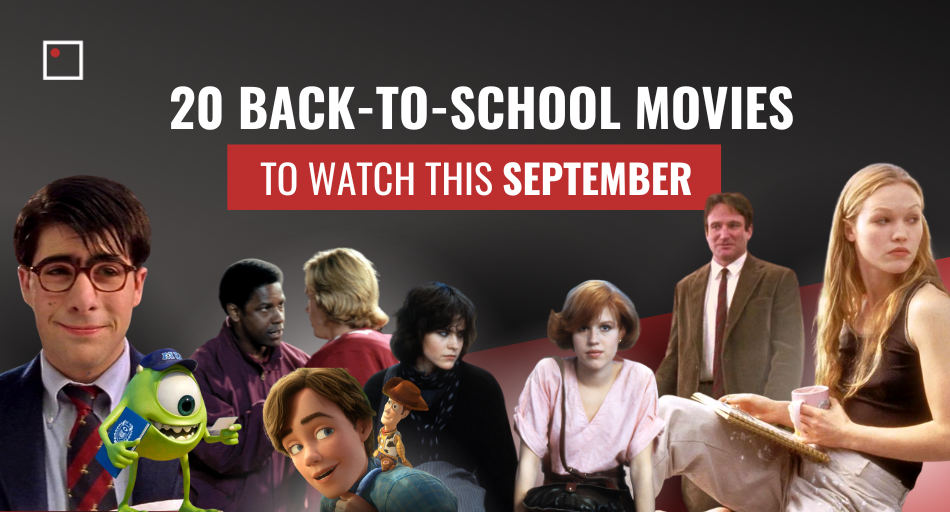
From iconic classics to modern masterpieces, these great back to school movies are not only entertaining but also empowering! They offer valuable life lessons to help you navigate the academic landscape and ease the transition to student life. Whether you’re a new student looking for cinematic inspiration, or simply seeking a nostalgic trip down memory lane, this article has 20 great back to school movies that will leave you empowered and inspired!
1. RUSHMORE (1998)
Rushmore (1998) is a great choice to get you in the mood to go back to school, especially if you’re a Wes Anderson fan! This gem captures the high school experience with quirky humor and heartfelt moments that resonate with students of all ages. At its core, the film explores the ups and downs of adolescence, the awkwardness of first crushes, and the pursuit of one’s passions, all set against the backdrop of a prestigious prep school.
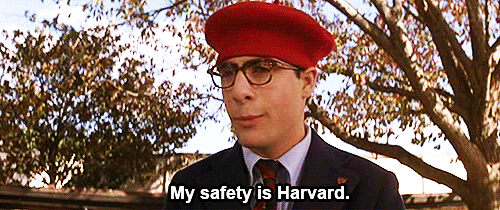
Jason Schwartzman’s character, Max Fischer, embodies the determination and enthusiasm that can inspire anyone to approach a new school year with determination. With its unique visual style and relatable themes, Rushmore reminds us that school is not just about learning but also about forging friendships, and embracing adventure.
2. LADY BIRD (2017)
Lady Bird (2017) is a must-watch film as you gear up for a new academic year. Greta Gerwig’s masterful storytelling and Saoirse Ronan’s exceptional performance combine to create an authentic and relatable coming-of-age tale. Set against the backdrop of a Catholic high school in Sacramento, the film brilliantly captures the rollercoaster of emotions that come with the final year of high school.

It beautifully explores themes of self-discovery, the complexities of mother-daughter relationships, and the universal desire for independence. Lady Bird‘s journey resonates with anyone who has ever felt the push and pull of leaving home for new horizons.
3. TOY STORY 3 (2010)
Toy Story 3 (2010) might not be a traditional back-to-school film, but it’s an absolute gem to watch when gearing up for a new academic year. This beloved Pixar masterpiece appeals to audiences of all ages with its heartwarming and relatable storytelling. As Andy prepares to leave for college, the toys themselves face a transition that mirrors the bittersweet emotions many students experience when leaving home.
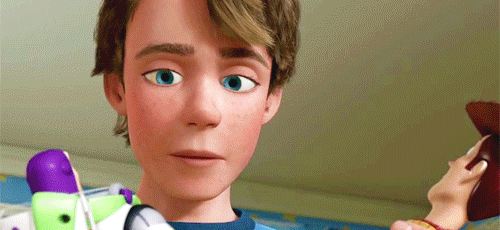
The film’s exploration of friendship, loyalty, and embracing change is both touching and inspiring. Plus, the colorful and imaginative world of toys reminds us of the sense of wonder and creativity that can make learning so exciting. Toy Story 3 teaches us that while growing up and going back to school may be filled with uncertainty, it’s also an opportunity for adventure and new beginnings. This makes Toy Story 3 an ideal movie to set the mood for the new school year ahead!
4. THE BREAKFAST CLUB (1985)
The Breakfast Club (1984) remains a timeless classic for anyone looking to get into the back-to-school spirit. John Hughes’ iconic film brings together a diverse group of high school students, each representing a different social clique, and places them in Saturday detention. As they spend the day together, they break down barriers and form unexpected bonds.

This film beautifully captures the complexities of teenage life, highlighting the struggles of identity, peer pressure, and the desire to be understood. Watching these characters evolve from stereotypes into genuine individuals serves as a powerful reminder that everyone has their own unique story to tell.
5. DEAD POETS SOCIETY (1989)
Dead Poets Society (1989) is an inspirational and thought-provoking film that serves as a perfect prelude to the school year ahead. Set in an all-boys preparatory school, the movie is a poignant exploration of the transformative power of education and the importance of thinking for oneself. The great Robin Williams delivers a remarkable performance as John Keating, an English teacher who encourages his students to seize the day and embrace the art of poetry.

This film not only celebrates the joy of learning but also underscores the significance of challenging conventions, pursuing one’s passions, and finding your unique voice. As we prepare to head back to campus, Dead Poets Society reminds us to approach our studies with curiosity, creativity, and a sense of purpose.
6. EIGHTH GRADE (2018)
When it comes to the beautiful awkwardness of being a teenager, Bo Burnham’s Eighth Grade (2018) offers an honest and relatable portrayal of the challenges faced by adolescents on the cusp of high school. Burnham masterfully captures the anxieties, insecurities, and hopes that come with the transition to a new academic environment. Through the lens of its protagonist, Kayla, the film navigates themes of self-identity, social media pressures, and the quest for acceptance.
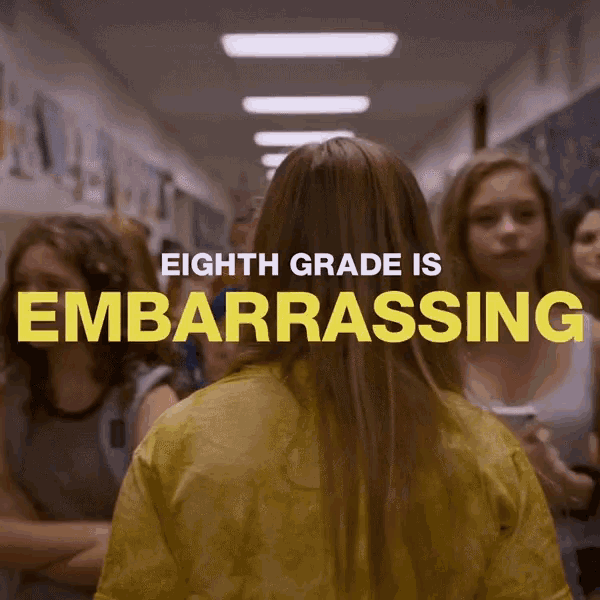
Watching Kayla’s journey to find her voice and forge meaningful connections serves as a poignant reminder that every new school year is an opportunity for growth, self-discovery, and the chance to overcome our fears.
7. CENTER STAGE (2000)
Center Stage (2000) is a delightful choice for those seeking motivation as they head back to school. This film throws viewers into the competitive and demanding world of ballet, where aspiring dancers at a prestigious academy strive to achieve their dreams.

As they navigate rigorous training, personal challenges, and the pursuit of excellence, the characters in Center Stage express qualities such as dedication, perseverance, and passion that can be applied to any academic pursuit! Moreover, the film’s themes of friendship, self-discovery, and the pursuit of one’s true passion resonate with students at any stage of their educational journey. The film encourages us to pursue our goals with unwavering determination and reminds us that success often requires pushing our boundaries and embracing our unique talents.
8. AKEELAH AND THE BEE (2006)
Akeelah and the Bee (2006) is a great academic-themed film to watch because it celebrates the power of education, determination, and the pursuit of one’s dreams. This heartwarming film tells the story of Akeelah, a young girl with a remarkable talent for spelling, who aspires to compete in the National Spelling Bee.

The movie underscores the importance of hard work, resilience, and the support of mentors and peers in achieving academic goals. It encourages you to embrace your unique talents and believe in your potential as you face the challenges and opportunities of the new school year with confidence and enthusiasm!
9. FRIDAY NIGHT LIGHTS (2004)
Friday Night Lights (2004) is a great choice to get you into the school spirit, even if it primarily revolves around the world of high school football. This powerful sports drama not only captures the electrifying atmosphere of Friday night football games but also delves deep into the lives of the players, their families, and the community that rallies behind them.
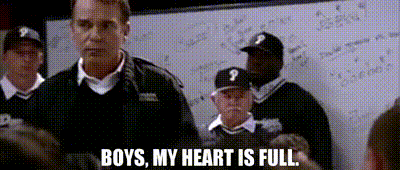
As these athletes strive for excellence on the field, the film underscores the importance of teamwork, perseverance, and the pursuit of one’s dreams. Moreover, it showcases the pressures and expectations faced by high school students, highlighting their resilience and the mentorship they receive from dedicated educators and coaches.
10. MONSTER UNIVERSITY (2013)
Monsters University (2013) takes you on a hilarious and heartwarming journey through the world of higher education, albeit in a slightly unconventional setting. This animated gem provides a delightful blend of comedy, friendship, and life lessons that resonate with students of all ages!
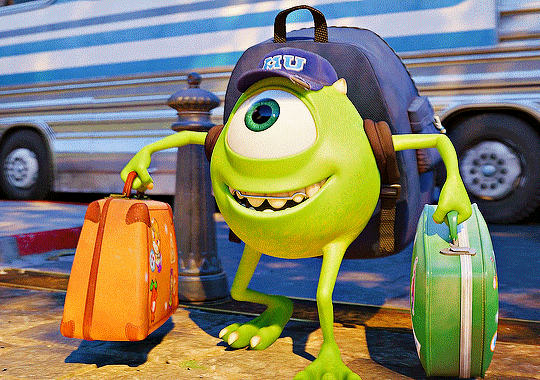
The film follows the endearing characters Mike and Sulley as they embark on their collegiate adventure at Monsters University. This feel-good film illustrates that success in school is not solely determined by one’s initial expectations but often by the lessons learned and the friendships forged along the way. Its vibrant and imaginative world is a delightful reminder that the school experience can be full of surprises, personal growth, and, most importantly, fun. Watching this film is sure to infuse you with the joyful school spirit, motivating you to make the most of your own educational journey.
11. BOOKSMART (2019)
Booksmart (2019) is a perfect film to watch as you begin your new academic year as it brilliantly encapsulates the essence of youth, friendship, and the transformative power of education! Olivia Wilde’s directorial debut is a refreshing take on the traditional coming-of-age narrative, following two high-achieving friends who decide to let loose and experience the teenage rites of passage they’ve missed.

This film celebrates the importance of balancing hard work with making meaningful connections and having fun. It’s a reminder that while academic pursuits are essential, so too are the relationships and experiences that shape our growth during our school years.
12. 10 THINGS I HATE ABOUT YOU (1999)
A beloved high-school classic for many of our younger generations, full of witty banter, the fight for popularity & high school love! This modern adaptation of Shakespeare’s “The Taming of the Shrew” is set in a high school and revolves around the complexities of teenage relationships and identity.
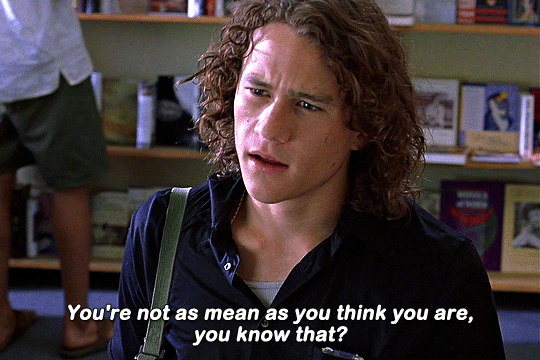
10 Things I Hate About You emphasizes the importance of authenticity and the courage to be oneself while navigating the social dynamics of high school. It’s a reminder that school is not just about academics but also a place where friendships blossom, and valuable life experiences are gained.
13. SING STREET (2016)
Set in the 1980s in Dublin, Sing Street (2016) is a musical that follows a group of teenagers who form a band as a means of self-expression and escape from their daily struggles. The film beautifully captures the power of music and creativity in the face of adversity. Sing Street encourages viewers to pursue their passions, forge their unique paths, and find their voices, even in the midst of academic challenges.
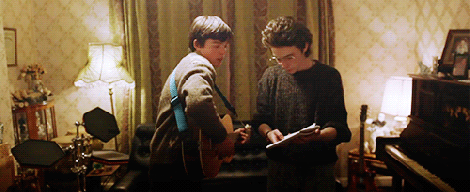
It’s a heartfelt reminder that school is not just about textbooks and exams; it’s a place to also discover your identity and explore your talents. With its infectious soundtrack and heartwarming storyline, this film will leave you inspired, ready to face the school year with confidence, and eager to embrace the opportunities for self-discovery and growth that lie ahead!
14. LEGALLY BLONDE (2001)
Legally Blonde (2001) is a great movie to watch as you embark on a new academic year because of it’s powerful message about resilience. The film follows the journey of Elle Woods, a seemingly stereotypical sorority girl, who defies expectations by enrolling in Harvard Law School to win back her ex-boyfriend. Along the way, she discovers her true potential and the power of determination, proving that you can overcome any obstacle when you believe in yourself!

Legally Blonde is a reminder that success in academia, or any field, isn’t limited by appearances or preconceived notions. It encourages viewers to embrace their individuality, work hard, and persevere in the face of challenges, ultimately showing that with dedication and self-confidence, you can achieve your goals and excel in your academic pursuits.
15. LARRY CROWNE (2011)
Larry Crowne (2011) is a film that offers valuable lessons and a sense of optimism, making it an excellent choice as you kickstart your new academic year. Tom Hanks, who also directed the movie, plays the titular character, Larry Crowne, who returns to college to reinvent himself after losing his job. The film beautifully illustrates the idea that it’s never too late to pursue education and personal growth. It encourages viewers to embrace change, step out of their comfort zones, and seize new opportunities.
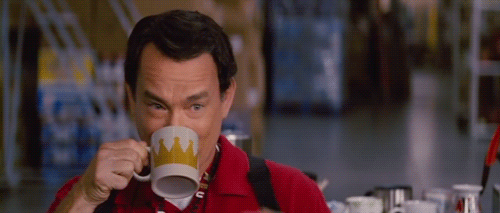
Through Larry’s journey of self-discovery and the friendships he forms with his diverse classmates, Larry Crowne reinforces the notion that education is a lifelong journey filled with the potential for self-improvement and meaningful connections.
16. INSIDE OUT (2015)
Inside Out (2015) is a beloved film, providing valuable insights into the emotional rollercoaster that often accompanies major life transitions, including starting a new school year. This animated masterpiece takes viewers on a journey inside the mind of a young girl named Riley, personifying her emotions as colorful characters. It teaches us that it’s okay to feel our emotions including fear, sadness, and joy. Especially when facing new challenges like a new academic year!
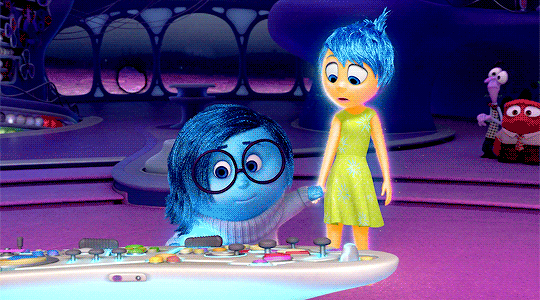
The film encourages self-awareness and empathy, reminding us that everyone, even our teachers and classmates, has their own inner emotional world. Inside Out underscores the importance of understanding and managing our emotions, which can be particularly helpful when dealing with the ups and downs of academic life.
17. CLUELESS (1995)
Clueless (1995) is an iconic and timeless film that offers a fun and stylish way to get into the back-to-school spirit. Set in a high school in Beverly Hills, this modern adaptation of Jane Austen’s “Emma” follows the life of Cher Horowitz, a fashionable and popular teenager who decides to play matchmaker.
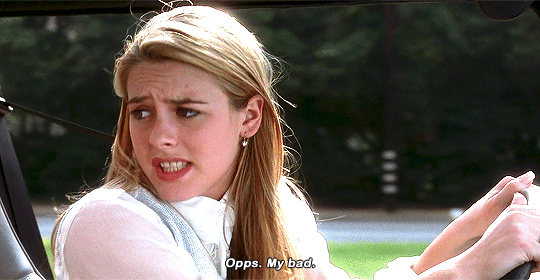
While it may seem like a lighthearted teen comedy, Clueless carries valuable messages about friendship, self-discovery, and the importance of kindness and empathy. Cher’s journey from a seemingly shallow teenager to someone who genuinely cares about others serves as an inspiring reminder that personal growth is a significant part of the school experience. This film is not only entertaining but also a fun way to start your new school year with a positive attitude!
18. REMEMBER THE TITANS (2000)
Remember the Titans (2000) is a sports drama is based on the true story of a high school football team in Alexandria, Virginia, as they navigate racial integration and cultural differences in the early 1970s. The film highlights the power of teamwork, leadership, and the ability to bridge divides through shared goals and understanding.
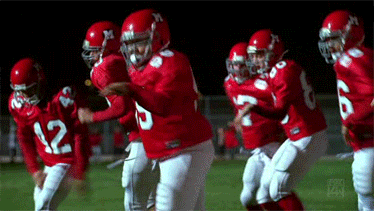
As you start your new academic year, Remember the Titans reminds you that unity, respect, and embracing diversity are essential values that can lead to success both on and off the field. It’s a heartwarming story that encourages you to face challenges with determination, empathy, and a commitment to making your school community a better place for everyone.
19. FAME (1980)
This musical drama takes you into the vibrant and competitive world of students at the High School of Performing Arts in New York City. It celebrates the dedication, talent, and resilience required to excel in the arts while navigating the challenges of school life.

Fame is a testament to the idea that with hard work, perseverance, and a supportive network, you can achieve your goals. It’s an inspiring reminder to embrace your unique talents, pursue your passions, and strive for excellence in your academic and artistic endeavors!
20. MEAN GIRLS (2004)
Last but certainly not least, Mean Girls (2004) is a brilliant choice to watch as you embark on a new school year because it provides both humor and valuable life lessons about the complexities of social dynamics in high school. This witty and satirical comedy takes a humorous approach to addressing issues such as bullying, peer pressure, and the search for identity.
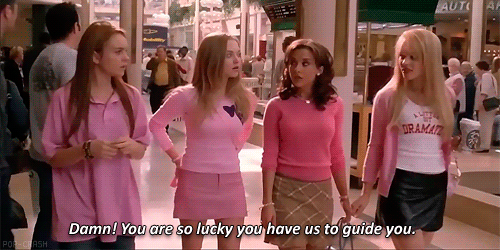
Through the eyes of the protagonist, Cady Heron, it highlights the importance of staying true to oneself. The film serves as a reminder that while high school can be a challenging environment, it’s also an opportunity to learn valuable lessons about kindness, empathy, and the importance of community. Mean Girls will entertain you while offering insights that can help you navigate the ups and downs of the school year with grace and integrity.
Related Articles
Film Production (Diploma) – InFocus Film School
Is Film School Worth It? Should I Go To Film School?
InFocus Film School 2022: A Year In Review
5 Tips On How To Choose The Best Film School
How To Pick The Best Screenwriting School
TALK TO A PROGRAM ADVISOR
By submitting this form you are agreeing to be contacted by InFocus Film School. We will never sell or distribute your information, and you may opt-out of receiving emails from us at any time. Read our Privacy Policy here.
